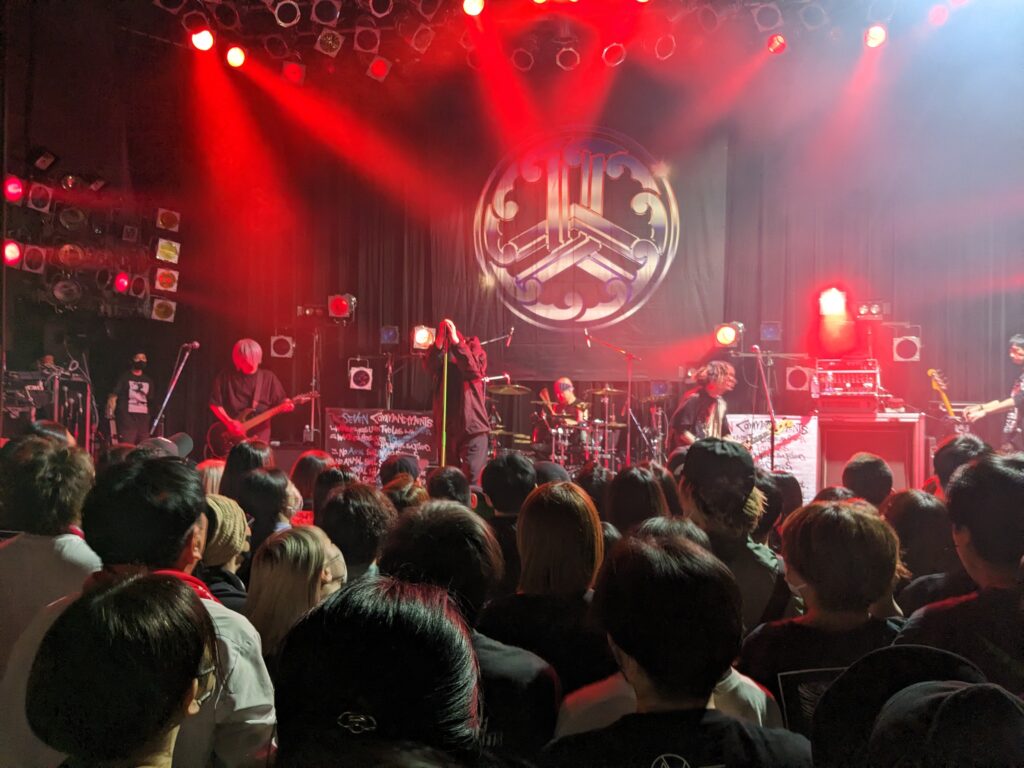Last year I was so depleted financially due to the Karakoram expedition that I wasn’t back in Kamikochi until the end of the season. Since I still wasn’t well off enough to afford another attempt at Denali this summer, I can instead hike in Japan every weekend as I please (or as the weather allows). Naturally that means that I was hiking next to the Azusa river at the first chance.









